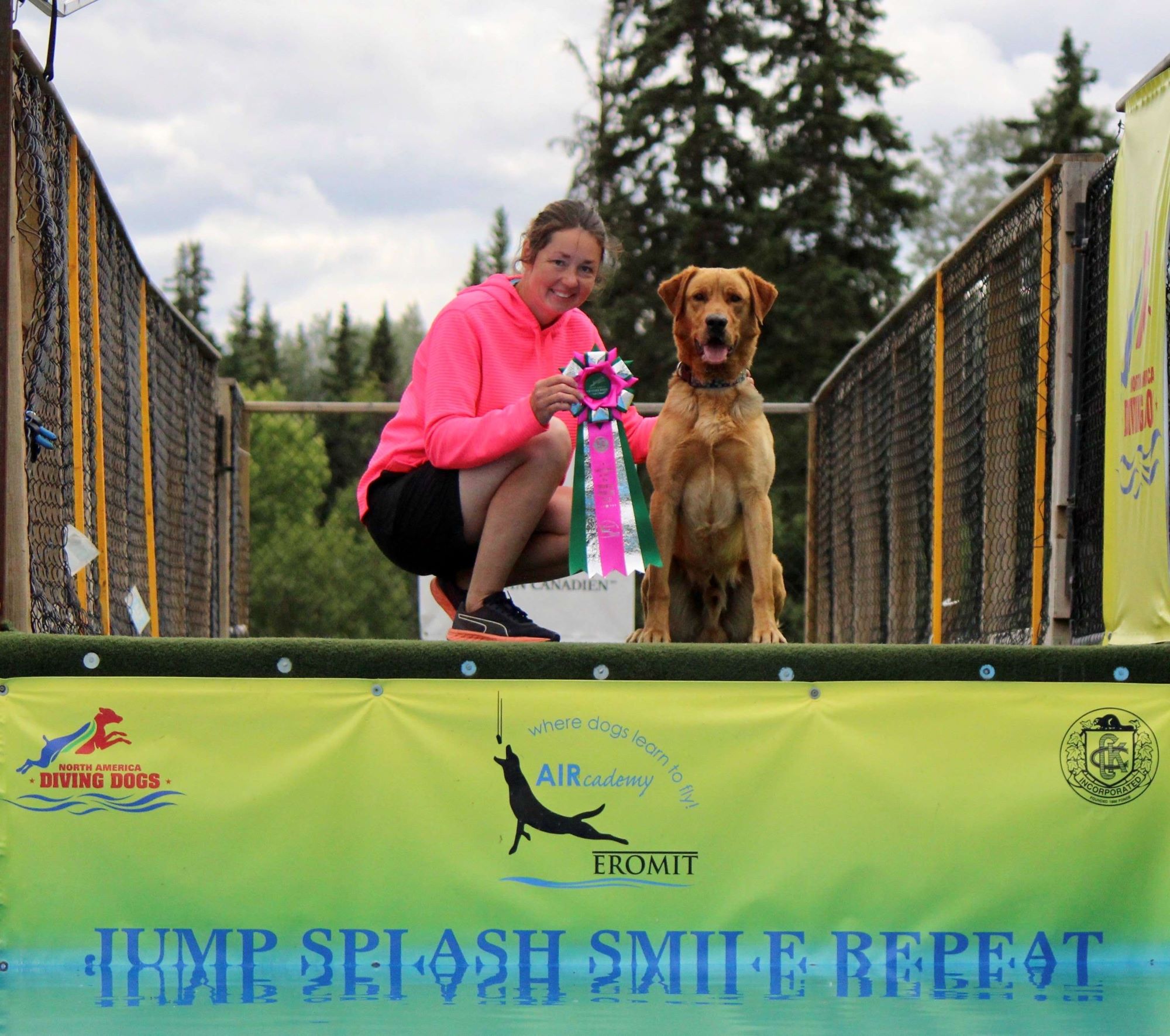Course Details
Got a dog with “big dog energy” (whether or not they’re a big dog)? Looking for an outlet?
Or, maybe your dog needs more exercise but cannot be off-leash. Dog-powered sports allow your dog to expel more energy over a shorter distance, while challenging both their bodies and their brains!
If you already hit the trails for walks and now are looking for a way to increase the challenge, to improve your dog’s fitness, or prepare for competition, these sports provide a natural outlet for the average dog’s desire to walk, trot, run and pull!
You’ll be busy too — don’t just plan on going along for the ride!
We humans are hardworking team-members too. If you’ve been looking to enjoy nature, to explore your local area, or if you’ve been looking for a new and interesting type of sport to compete in it — you’ve found it!
There is a special connection, a trust, and a thrill in letting your dog take the lead and knowing they have the skills and abilities to keep you moving.
As a bonus, dog powered sports help build confidence and perseverance for dogs who grow to love the teamwork of pulling.
Under the umbrella of “Dog Powered Sports,” we’ll include:
- Cani-hike/canicross
- Bikejorring
- Skijorring
- Scootering
- Dog sledding
The foundation for each of these starts with groundwork skills, which this class introduces via cani-hike/canicross. Over the six weeks of class, your dog will learn:
- Startline behaviors
- Pulling
- Directional cues
- Speed changes
- Passing distractions
- Stopping
We cover the training, handling, and timing considerations for these skills.
Throughout class, we’ll also discuss equipment, harness fitting, best practices for training in public, competition options, and safety concerns such as trail conditions, conditioning, temperature, and hydration.
Whether your long-term goal is to run one dog or several, the teamwork is unlike any other sport out there. Join us this October to discover the Power of Pulling!
Note: This class will not cover the sports of weight pull, draftwork/carting, or sulkies, which each have their own specialized skill and equipment requirements.
Teaching Approach
Lessons will be released at the beginning of each week and will contain several subtopics with written lectures, demonstration videos, and specific homework to work on. Most videos are short- 30 seconds to 2 minutes, with the occasional longer video as required. Some videos have voice-over explanations. Some lessons include video examples of both a dog in the learning stages, as well as a more advanced dog in order that students can see how skills progress. Some lectures are more conceptual in nature but most will contain short homework assignments. Homework for each week is progressive, and so teams should expect to complete lessons in order, though the time that it takes to do so will vary greatly for each team. Feedback for gold students is a mix of written encouragement, photos/screen shots, and occasionally extra video instruction.
This class is heaviest with reading in the first two weeks; this class is intended as an introduction to dog powered sports, so a lot of background is provided early on. Reading tapers to a lighter load as the class progresses, so expect to spend more time training and away from the computer in later weeks!
This class has a TA! Teaching Assistant Shelby Anderton will be available in the class facebook study group to help bronze and silver students!
 Instructor: Erin Lynes
Instructor: Erin LynesErin (she/her) is a lifelong dog enthusiast from Quesnel, British Columbia, Canada. Erin is certified as a Karen Pryor Academy Training Partner, a Certified Professional Canine Fitness Trainer, a Licensed Family Dog Mediator, and as a Cani-Fit Leader, ...(Click here for full bio and to view Erin's upcoming courses)


